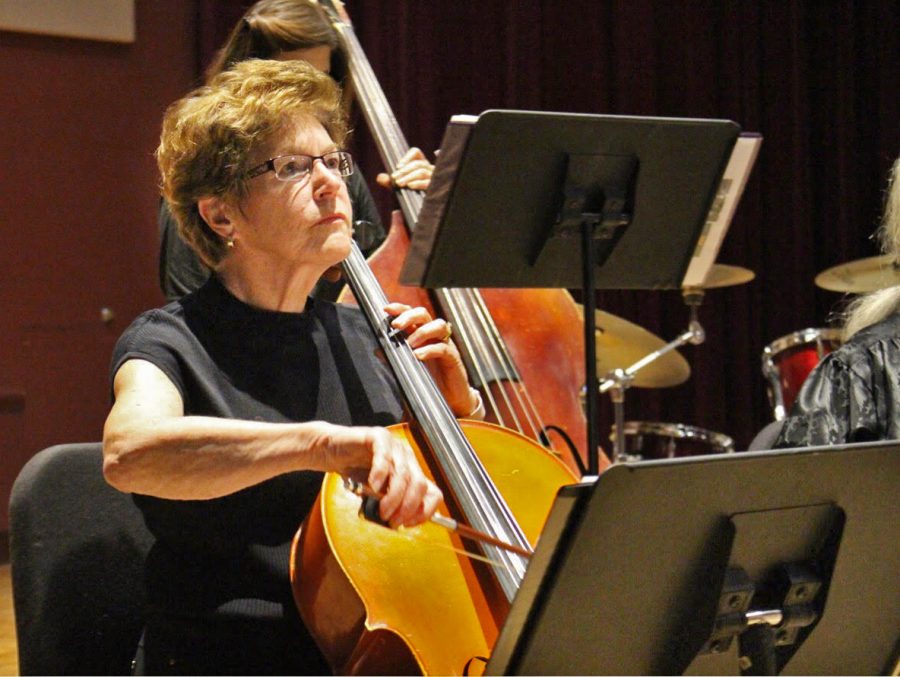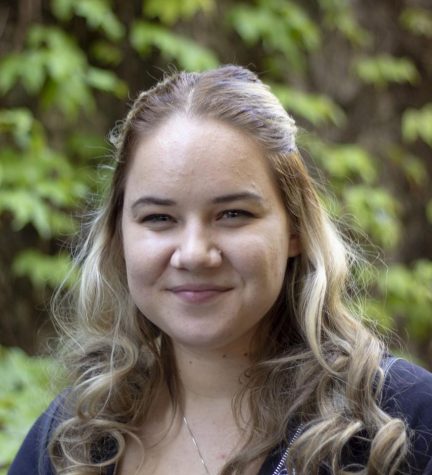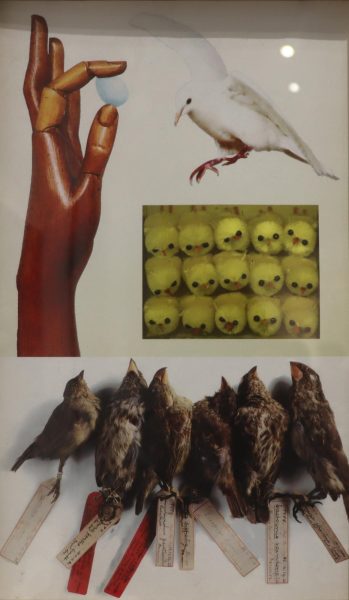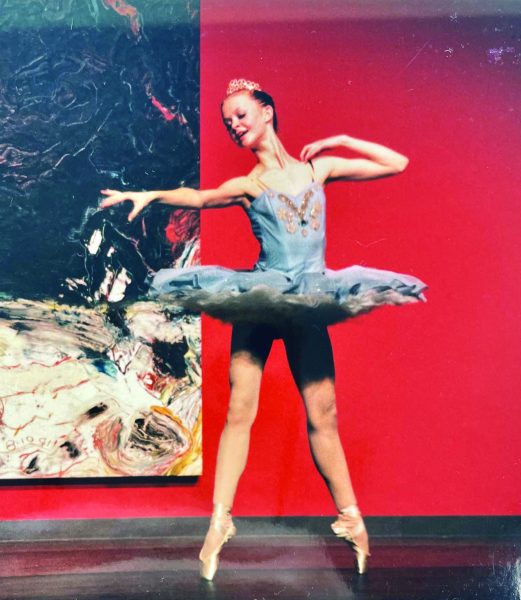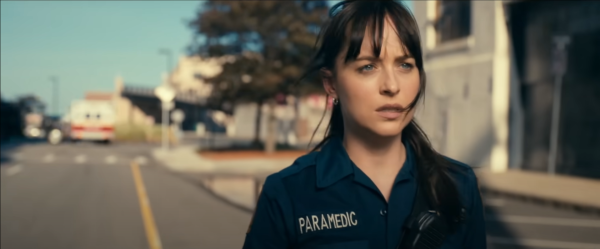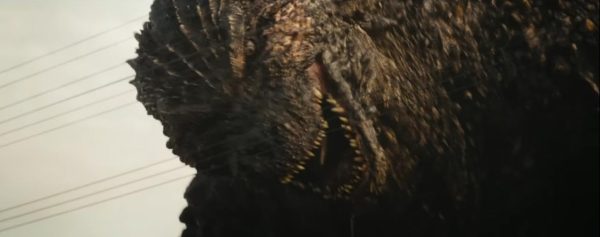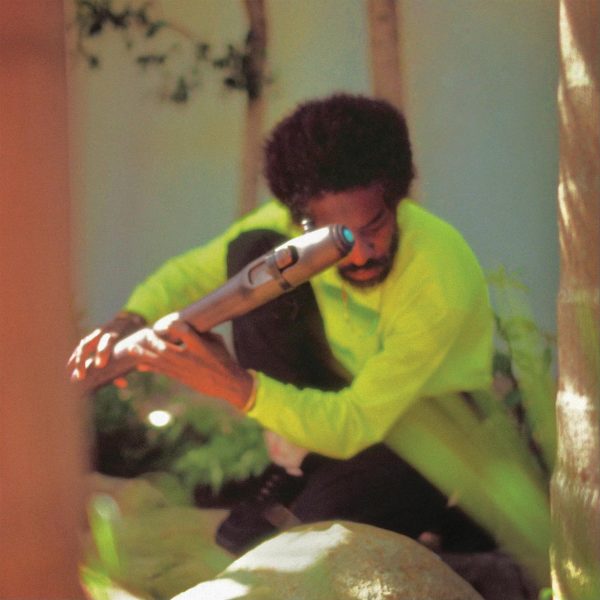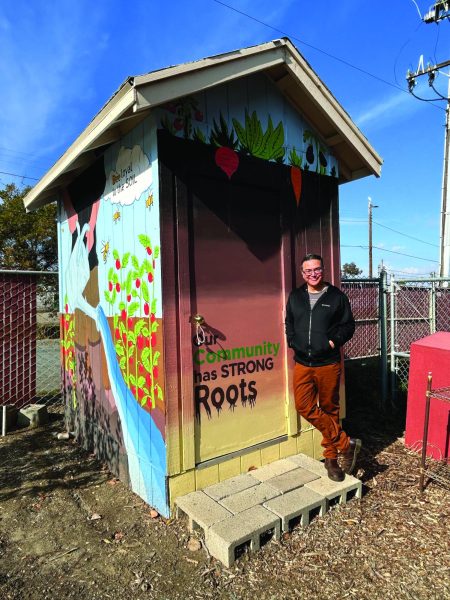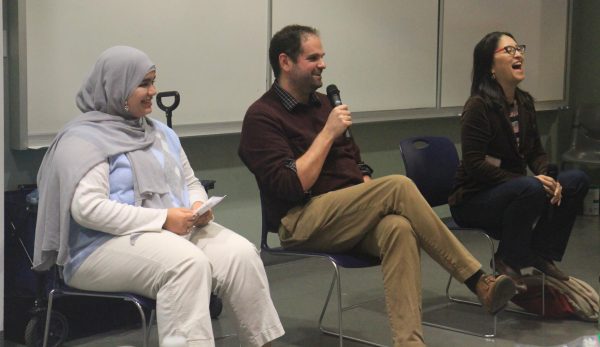Golden Gate Orchestra radios in
Susan Magrini focuses during a difficult number.
November 1, 2018
“Under the direction of maestro Luis Zuniga, the Golden Gate Radio Orchestra is now on the air,” declared vocalist Eric Riberio as the Golden Gate Radio Orchestra began its second concert in two years at Los Medanos College Oct. 30. They began with a performance of “Great Day,” the title theme from an unreleased 1930 MGM musical. “Great Day” was followed by “More Than You Know” from the same film.
Riberio also acted as the Master of Ceremonies for the event, taking to the microphone between numbers to introduce each song and give trivia and history behind each.
Fitting with the Golden Gate Radio Orchestra’s theme of replicating a 1930s Big Band style radio show, the vast majority of the songs performed for the concert were showtunes from 1920s, ‘30s and ‘40s movies and musicals.
The next two songs were “Carioca” and “Music Makes Me” from the film “Flying Down to Rio.” Both were written as dance songs with a Latin vibe, incorporating elements of samba, foxtrot, rumba and Brazilian tango both in their composition. The dreamlike sound, subdued drum and soothing lyrics by vocalist Heather Tinling of “Carioca” contrasted well with the faster, more upbeat and more Americanized sound of “Music Makes Me,” performed by Riberio.
Later in the show, two highlights of the first set were “My Sugar is So Refined,” a crooning duet made famous by the Pied Pipers with whimsical lyrics about the singer’s infatuation with their partner’s elegance and sophistication, and an instrumental rendition of “Sweet Georgia Brown,” a fan favorite tune recognizable by many as the theme of the Harlem Globetrotters. While the Orchestra’s performance of the track did not include any whistling, they more than made up for it with a very strong performance by the brass section.
After an intermission, the second set was prefaced by Luis Zuniga giving a lecture on the anatomy of an orchestra from the time period and the lengths the Orchestra goes to in order to recreate that sound and presentation.
Highlights of the second set included the uplifting and happy-go-lucky “Aren’t You Glad You’re You” from the movie “The Bells of Saint Mary’s” and an instrumental performance of “The Toy Trumpet” from “Rebecca of Sunnybrook Farm” starring Shirley Temple.
“The Toy Trumpet” was a particularly interesting number as it was composed in part by Raymond Scott, the inventor of electronic instruments, and featured a drum march intro and crooning woodwind sounds mimicking an actual toy trumpet created by the expert use of mutes, as demonstrated after by Zuniga. The drum line toward the end of the piece would not have sounded out of place in a modern electronic song despite its place in time.
Near the end of the show, the performance incorporated a sing-a-long section with “When the Red, Red Robin” and “I Got Rhythm.” The playbill given out to audience members contained the lyrics for both songs and the Orchestra performed trial runs of each to give the audience a chance to learn the melody before the actual number, and judging by the sound of the hall during the performance of those two songs the sing-a-long section was a hit with attendees.
The show was closed out with “San Francisco,” described by the Orchestra as its “theme song.” “San Francisco” was also performed as a sing-a-long, to the rave response of the audience.
Despite a few technical hiccups with the sound system during some of the songs, the roughly two-hour performance was intensely entertaining and worth the price of admission for any casual listener or jazz aficionado.

